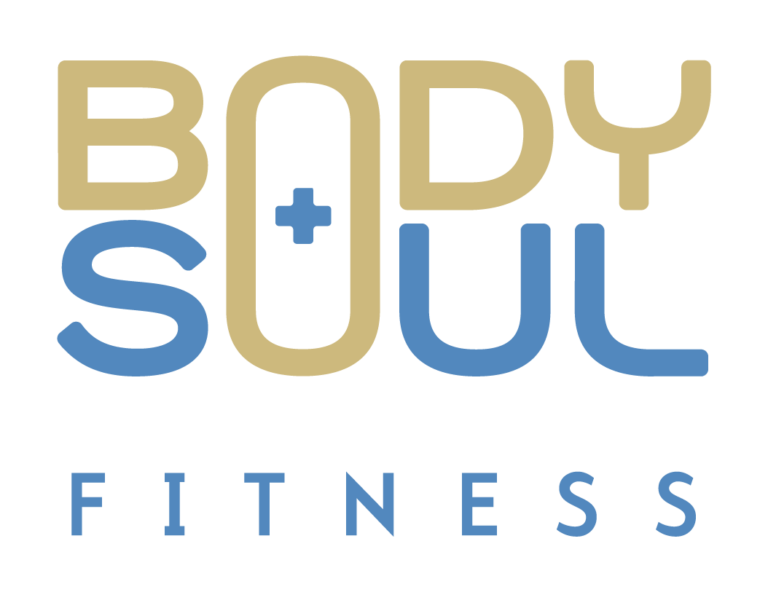Welcome back! In this part we’re going to discuss the benefits of exercising during pregnancy, and important safety precautions to consider.
Benefits of Prenatal Exercise
Regular exercise during pregnancy has numerous benefits for you and your child. Benefits to you may include reduced back pain and swelling in the extremities, improved mood and energy, better sleep, and reduced stress. Exercising during pregnancy can help to ensure appropriate weight gain and can decrease your risk of gestational diabetes, pre-eclampsia, and cesarian delivery.
Exercise during pregnancy can improve your overall fitness, strength, and cardiovascular function which are all important for labor and delivery. Greater strength and endurance may help decrease your pushing time and ensure a smoother, and all around easier, delivery.
Some benefits to the baby include improved cardiovascular and nervous system maturation before and after birth and decreased risk of fetal complications.
Safety and Precautions During Prenatal Exercise
It is safe to exercise during pregnancy if you are healthy and have an uncomplicated pregnancy. Linked below this video is the PAR-med-X Pregnancy and a list of the absolute and relative contraindications for exercising during pregnancy. A contraindication is any reason where the risks of engaging in a certain behaviour, like exercise, may outweigh the benefits.
Generally, if you are healthy and were active before pregnancy you can continue to work out with your obstetrician’s (OB) approval. This is why it is a good reason to begin exercising regularly before pregnancy if you are thinking of becoming pregnant. If you were sedentary before becoming pregnant or have a medical condition, you must receive clearance from your doctor before initiating an exercise program during pregnancy.
Important precautions to note about exercising during pregnancy:
- Drink lots of water before, during and after exercise – especially during the first trimester, harder to adapt to regulating body temperature).
- Exercise in a cool, temperature-controlled environment to avoid becoming overheated. Avoid exercising outside in the summer – especially in the first trimester.
- Avoid exercising in the supine position (laying down on your back) after the first trimester as it can restrict blood flow to the uterus, leading to low blood pressure and dizziness.
- Avoid standing too long in one position as it can cause blood to pool in your legs and feet which can lower your blood pressure.
- Avoid the Valsalva maneuver, which is a breathing technique that is used to increase intraabdominal pressure during lifting.
- It is also important to avoid activities with potential to cause trauma to your abdomen like contact sports, anything that could result in you falling such as downhill skiing, gymnastics or horseback riding, and avoid scuba diving or participating in activities performed above an altitude of 6000 feet.
You should stop exercising immediately and contact your obstetrician/health care team if you experience any of the following during exercise:
- Vaginal bleeding
- Dizziness
- Severe headache
- Chest pain
- Shortness of breath prior to exertion
- Muscle weakness
- Calf pain and/or swelling or
- Preterm labor
Above all, listen to your body, it knows best. Be sure to update your health care team on any adverse effects or changes that you experience before, during and/or after exercise and follow their guidance accordingly.
Amanda discusses the benefits, to you and your baby, of exercising while pregnant, and important safety precautions to consider.
During pregnancy, your body experiences many changes, some of which will affect how you exercise. In this section, Amanda discusses some of these changes, and how to adjust your workouts to safely account for them.
Amanda explores exercise guidelines for working out during your pregnancy including aerobic exercise, resistance training, mobility work and the Talk Test. She discusses what is safe to participate in and what exercises to avoid.
Concluding part 1 of the workshop, Amanda wraps up the prenatal section by highlighting key takeaway points.
An introduction to postnatal fitness, Andrew reviews what part 2 of the workshop will discuss and how it will provide you with the tools to safely exercise after pregnancy.
Andrew discusses timelines for when it’s safe to return to exercise, and considers the benefits of exercise post-partum.
Your body, after pregnancy, has gone through many changes and needs time before you return to full exercise exertion. Andrew explores exercise guidelines and a simple routine to follow for your post-partum workouts.
Amanda and Andrew conclude the workshop on fitness during and after pregnancy with a few final thoughts and considerations.
An introduction to prenatal fitness, what the workshop will cover and how it will provide you with the tools to safely exercise during pregnancy.

